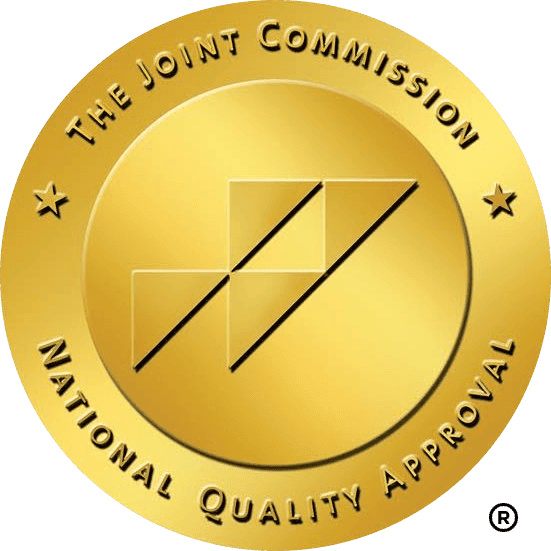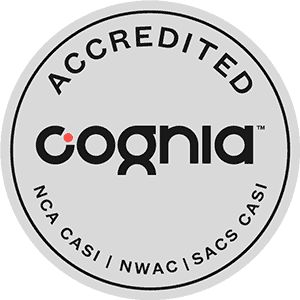Our therapeutic boarding school offers standardized, grade-appropriate curriculum at middle and high school levels developed and taught by our certified boarding school teachers. Classes are taught through independent studies and by teacher direction in a regular classroom. We are specialized in the core subjects of math, reading, science, and social studies. TWAI boarding school offers the following high school and college preparation courses:
|
|
Students at TWAI’s therapeutic boarding school come to realize through hard work and goal setting that learning is enjoyable and important to their future success in life. We also teach life skills such as: proper nutrition, physical conditioning, food preparation, proper hygiene, and oral interpersonal communication.
TWAI’s boarding school educational expectations and standards are based on Montana state and national standards and are regularly revised and updated.
TWAI’s boarding school Graduation Requirements
The following are the established minimum requirements for graduation from our boarding school. Students must complete the following credits during grades nine through twelve inclusive, in order to receive a diploma of graduation from Turning Winds Academic Institute.
- Courses in the subject areas specified are one year in duration unless otherwise specified.
- One credit equals one year’s worth of work. One Semester = 1/2 credit.
| Subject Area | Turning Winds Academic Institute Requirements |
| English | Four credits |
| Mathematics | Three credits, including algebra, geometry, and intermediate algebra. Four credits recommended. |
| Science | Three credits, including biological and physical sciences. Four credits recommended. |
| Social Science | Three credits of history/social science, including one credit of U.S. history & geography; one credit of world history, culture, and geography; and a half a credit each of U.S. government and economics. |
| Foreign Language Fine Arts |
Two credits |
| Arts | One credits |
| Health Enhancement | Two credits |
| Career Studies or Vocational/Technical | One credit |
| Electives | Seven credits |
| Total | Twenty-six credits |
The governing board, with the active involvement of administrators, teachers, and the student, shall adopt alternative means for the student to complete the prescribed course of study, which may include:
- Practical demonstration of skills and competencies
- Supervised work experience or other outside school experience
- Courses offered by regional occupational centers or programs
- Interdisciplinary study
- Independent study
- Credit earned at a postsecondary institution
Independent college courses can be taken for dual credit-for high school and college. Please refer to college section for course offerings and university information.
Boarding school Testing
Pre and Post Testing: Iowa Tests of Educational Development (ITED)
TWAI’s boarding school uses the ITED to evaluate students’ skills in a variety of areas, especially based on problem solving and critical analysis of texts. It is used when a student enters and exits to determine their academic growth.
The test is designed to elicit information about a student’s current skill level, growth and abilities within each area tested. The ITED is designed to examine and compare a student’s ability in several educational fields, including vocabulary, reading comprehension, language, spelling, mathematical concepts and problem solving, computation, analysis of social studies materials, analysis of science materials, and use of sources.
College Entrance Exams: SAT and ACT
Turning Winds Academic Institute is an official ACT and SAT testing site and quarterly offers these tests. Preparation classes are offered on location at our teen boarding school for these tests.
The SAT measures literacy and writing skills that are needed for academic success in college. The SAT assesses how well the test takers analyze and solve problems-skills they learned in school that they will need in college. The SAT is typically taken by high school juniors and seniors. Specifically, colleges use the SAT in combination with high school grade point average (GPA) provides a better indicator of success in college than high school grades alone.
The ACT is similar in many aspects to the SAT. The ACT assessment measures high school students’ general educational development and their capability to complete college-level work with multiple choice tests covering four skill areas: English, mathematics, reading, and science.







